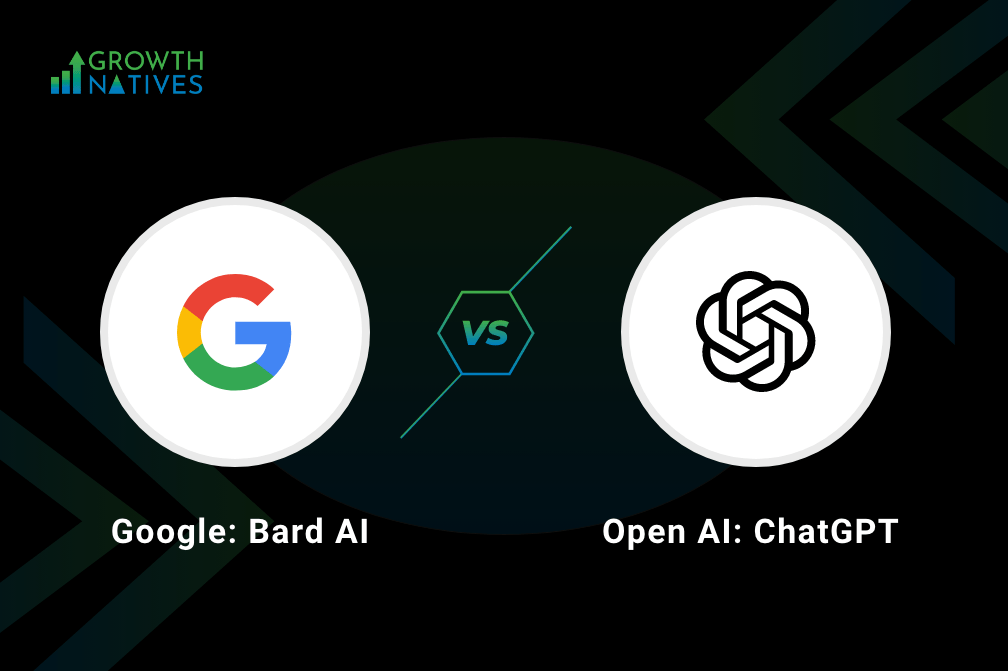Key To Successful Lead Management In B2B Marketing

Table of Contents
“Productivity is never an accident. It is always the result of your persistence, intelligent planning, and focused efforts”
Paul J Meyer
B2B Marketing is quite different from B2C marketing. This primarily is due to the small number of buyers. It's important to understand that CAC in the B2B business is mostly higher than B2C marketing. Leads in the B2B marketing funnel are the most important resource for the organization. Hence, it is imperative for every successful marketing team to develop a comprehensive plan to manage their leads which will lead them to achieve maximum efficiency.
Given below are the four master keys to unlock the most efficient lead management framework-
Lead Nurturing
If we efficiently work on funnel lead management by improving the CLTV even by 10% only at each level, the overall economic value of the funnel can be increased by 60%. This can only be achieved through lead nurturing at each level. Lead nurturing can be achieved by sending automated messages to your clients. Automated messages mean you need not manually pay attention to each requirement of the customer and the automated system will satisfy their needs.
Automated emails are also quite useful in upselling and cross-selling in B2B marketing since they ensure that targeted messaging reach customers as soon as it becomes clear that they may have an interest in additional products or services. Pushing a message at the right time and at the right place is the key to customer satisfaction.
Another important point is personalization and customization of the commutation at scale. For any organization, it is important to give a personal touch to their client relationship. Automation gives you tools to personalize the client communique and engage them irrespective of the region, language, age group, and other demographic factors.
Lead Qualification
In B2B marketing, various departmental teams are involved in the lead nurturing process. Marketing Qualified Leads (MQL) and Sales Qualified Leads (SQL) are examples of lead qualification. When a new lead enters the funnel, it is handled by the marketing team.
The marketing team drives the lead through product/service introduction, its USPs, how it stands ahead of the competition. The engagement level of the lead and understanding of their pain points helps progress the lead through the funnel. Once the lead reaches a certain scoring threshold, the sales team is introduced to the leads. This change of hands is subtle in nature and the sales function tries to drive the lead towards paid subscription.
In the automation process, it is critical to involve different teams to collaborate and start working together. An ideal marketeer will always know when and how to involve different teams within the lead funnel. They try to identify lead indicators for timely action and the appropriate message for the leads. An organized lead qualification system increases overall organizational efficiency.
Segmentation and Automation
Segmentation of leads refers to determining the effective leads who seem to move fast towards paid conversion. Lead Segmentation helps you decide, who are the effective leads that you can pay attention to make conversions. In broader terms, segmentation means sub-dividing your customer or the leads into small groups based on their source of generation, behavioral aspects, their requirements, and time spent in the lead funnel.
Because of these indicators, different content properties will be shared with the leads. The content properties include blogs, newsletters, e-books, and videos, etc.
Automation is the process where leads are sent emails and other communication through the automated system. This system is based on the segmentation of the leads we discussed above. Automation is achieved through Artificial Intelligence and software programs. It saves time for the marketing teams and simplifies the communication function.
Building a B2B marketing automation process could be complex, but there are many software programs available in the market which allow organizations to have their own set of rules and commands. A smart marketer uses automation for better targeting of leads.
Dynamic Content
It is said content plus context is the golden formula for successful lead management. In B2B marketing, dynamic content plays a major role as there are always more competitors in the market and there are a smaller number of buyers. There is no fixed formula to design effective content. However, we can design a framework where various content properties can be aligned with buyer personas and can be pushed during different stages of the buyer journey. When a prospect matches the criteria for your dynamic content, a variation of the content displays.
One can create content for each buyer persona keeping in mind their pain areas. For each stage, there could be a different format of content like Blogs, Images, E-books, User manuals, Discount Coupons, and videos. Dynamic content enables the marketeer to personalize the lead experience, display targeted communication to specific leads, and seamlessly nurture leads within the B2B marketing Funnel.
The above-mentioned functions can lay the foundation of a successful B2B marketing lead management system and can help marketers develop a new insight on how to handle their leads with precision. Need help orchestrating great B2B lead generation and management give drop us a line at info@growthnatives.com
Author Box
Sakshi Arora
Sakshi Arora is a seasoned content writer and editor with extensive experience across various industries including B2C, B2B, travel, e-commerce, and IT. In her free time, she enjoys expressing her creative side through painting and writing poetry. She also finds solace in nature and has a deep spiritual connection. Music brings her immense joy.




